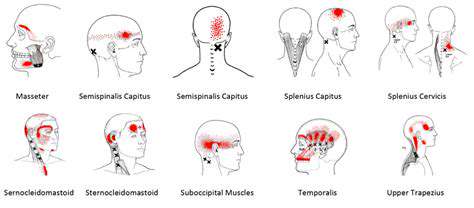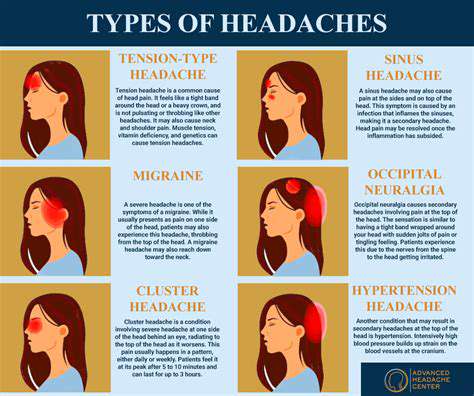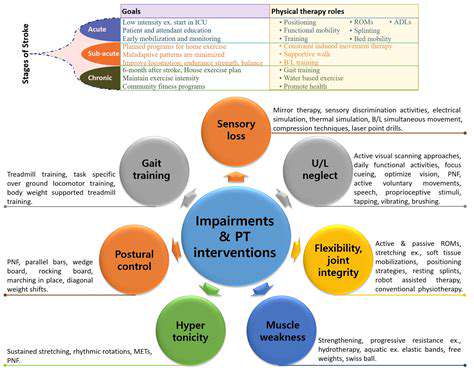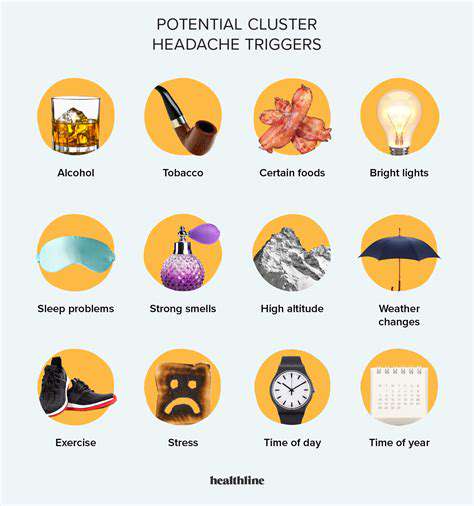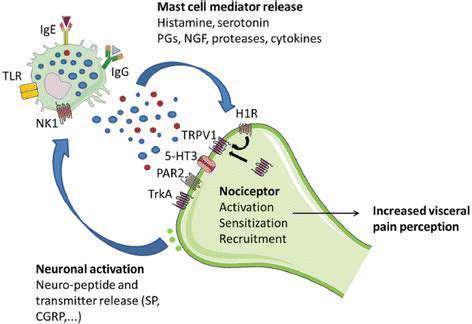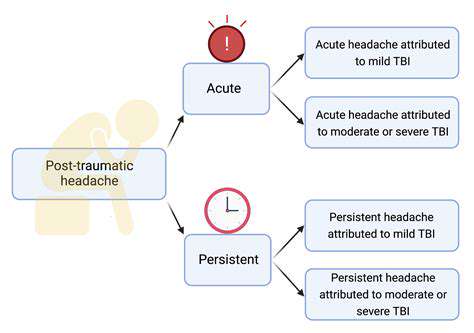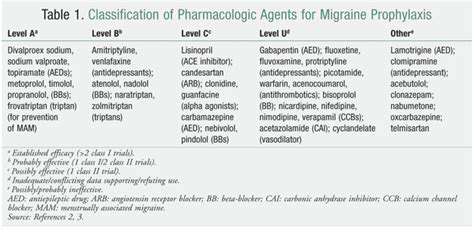HTML
CSS
HTML element
CSS class
Migraine
MSG
MSG (mononatriumglutamaat) als mogelijke migraine-trigger

Mogelijke mechanismen van MSG-geïnduceerde migraine
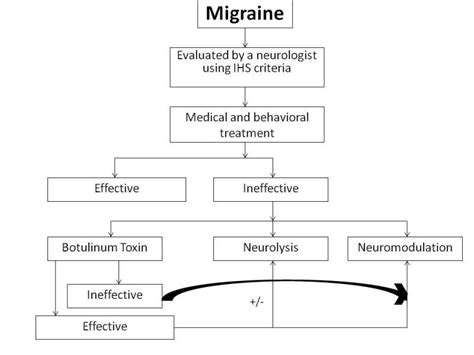
Mogelijke cellulaire mechanismen
Mononatriumglutamaat (MSG), een veelgebruikt smaakversterker in bewerkte voedingsmiddelen, heeft discussies losgemaakt over mogelijke verbanden met migraine.
Onderzoek en bewijs over MSG als migraine-trigger
Vroeg onderzoek en anekdotisch bewijs
Initiële onderzoeken naar de connectie tussen MSG en migraine waren sterk afhankelijk van zelfgerapporteerde gevallen, waarbij veel proefpersonen vergelijkbare symptoompatronen beschreven
Read more about MSG (mononatriumglutamaat) als mogelijke migraine-trigger
Begrijpen en beheersen van veelvoorkomende hoofdpijn. Ontdek effectieve strategieën voor het omgaan met veelvoorkomende hoofdpijnsoorten, waaronder spanningshoofdpijn, sinusitis, migraine en oogvermoeidheid. Spanningshoofdpijn, de meest voorkomende vorm, komt vaak voort uit stress en spierspanning, en voelt als een doffe, strakke sensatie rond het voorhoofd. Leer hoe je symptomen kunt herkennen, oorzaken kunt identificeren en verschillende behandelingsopties kunt verkennen om ongemak te verlichten. Sinusitis, gekenmerkt door gezichts- en drukpijn, kan het gevolg zijn van infecties en allergieën. Begrijp het belang van tijdige diagnose en een op maat gemaakt behandelingsplan om complicaties te voorkomen. Verdiep je bovendien in migraineaanvallen, gekenmerkt door intense, kloppende pijn en extra symptomen zoals misselijkheid, en ontdek acute en preventieve behandelingen om de frequentie en ernst ervan te beheersen. Oogvermoeidheid kan gepaard gaan met hoofdpijn, vooral na langdurig gebruik van een scherm. Vind verlichting met praktische tips zoals de 20-20-20 regel, schermaanpassingen en goede verlichting. Of je nu te maken hebt met spanningshoofdpijn of andere hoofdpijn-gerelateerde aandoeningen, deze uitgebreide gids biedt waardevolle inzichten in symptomenherkenning, aanpassingen in levensstijl en wanneer je medische hulp moet zoeken. ---*Beheer je hoofdpijn effectief en herwin je kwaliteit van leven!*
Jan 07, 2025
Kop pijn bij het draaien van het hoofd: Symptomen begrijpen
Apr 30, 2025
Chiropractische zorg bij hoofdpijn: Wat zegt het onderzoek?
May 08, 2025
Biofeedbacktraining voor migrainebeheersing
May 16, 2025
Gerepte kazen en gecurede vleeswaren: Tyramine en hoofdpijn
May 19, 2025
De relatie tussen allergieën, sinusitis en migraine
May 30, 2025
Wat zijn vestibulaire migraine? De link tussen duizeligheid en migraine
May 30, 2025
De toekomst van migrainemedicatie: Wat ligt er op de loer?
Jun 03, 2025
De relatie tussen weersveranderingen en hoofdpijn
Jun 05, 2025
Relaxatietechnieken voor het voorkomen van hoofdpijn
Jun 07, 2025

